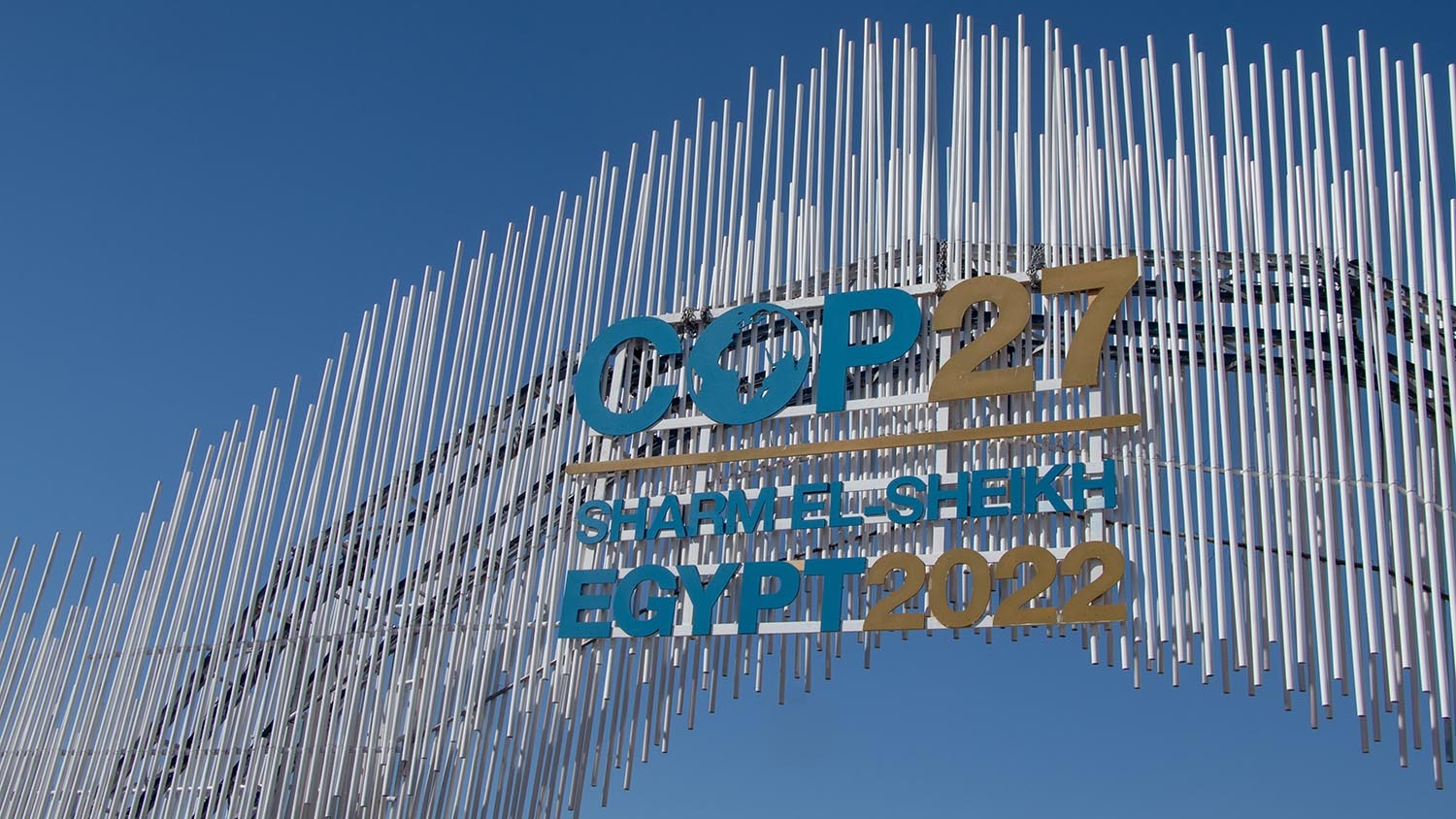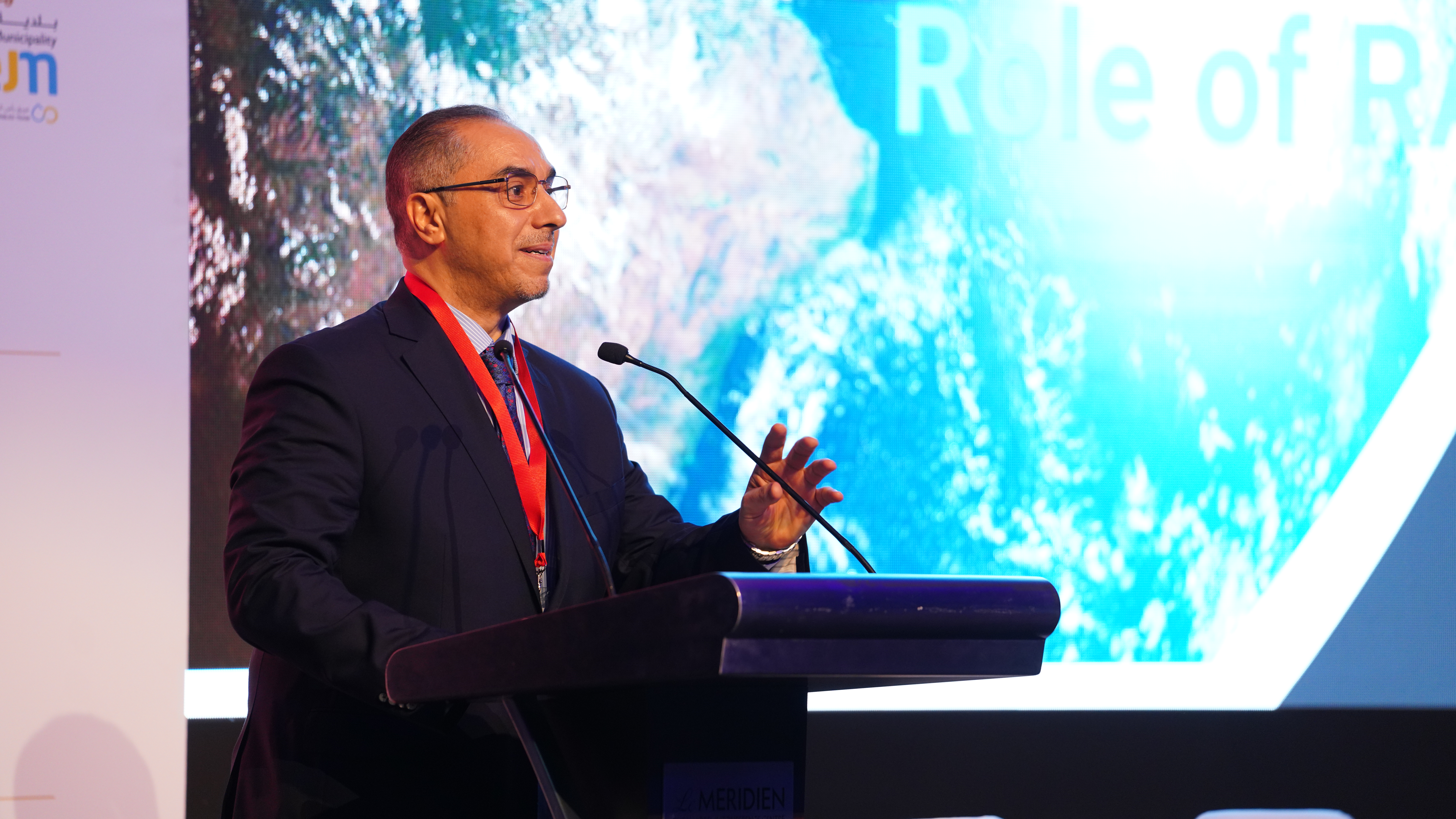Eurovent Middle East looks at the critical conversations that took place at the recently concluded COP27 to showcase the persistent climate issues that hope to find a resolution in COP28, which is set to convene from 30 November to 12 December 2023 in the UAE.
Recent reports of record-breaking temperatures and rising sea levels underline the imminent threat of global warming and the need for urgent action from all stakeholders. This is a reality that all nations, organisations, industries, and individuals face, as they all bear a responsibility in either helping or hindering the future of this planet.
A historic meeting
From 06-20 November 2022, nearly 200 nations gathered in Sharm El Sheikh, Egypt, for the 27th United Nations Climate Change summit (COP27). To date, the Conference of the Parties, a meeting attended by the countries that signed the United Nations Framework Convention on Climate Change (UNFCCC), is considered the world’s largest gathering to discuss the most critical climate issues facing humanity.
The vital importance of these discussions does not need to be underlined, especially with recent reports from World Health Organization projecting 250,000 additional deaths annually due to climate change. A report from the World Meteorological Organization, released at the beginning of the climate talks, also highlighted how the last eight years have each been warmer than all prior. The European Union’s Copernicus Climate Change Service also confirmed that Europe had the hottest October on record. The warming waters and melting ice are not only accelerating the rise of sea levels but also posing a humanitarian threat.
The IPCC report ‘Climate Change 2022: Impacts, Adaptation & Vulnerability' noted that half of the world's population is highly vulnerable to the impact of climate change, with those living in highly vulnerable regions, many of which are in lesser developed parts of the world, already 15 times more likely to die due to floods, droughts, and storms.
To add to these alarming statistics, COP27 is held at a complicated time when geopolitical issues severely impact global energy security and when more effort than ever is needed to curb climate change.
Tense talks: Loss and damage, limiting language and accelerated methane reduction
From the beginning, talks at COP27 were off to an intense start, with a critical debate stemming from growing anger toward industrialised countries reluctant to pay for the consequences of climate change. The idea had been resisted for years by some of the largest emitters, such as the United States and Europe, who were worried about the extent of liabilities. COP27 saw intense discussion going into overtime as negotiations on a “loss and damages” fund persisted. The European Union, nevertheless, issued a historic proposal at COP27 that includes a version of the “loss and damages” fund sought by developing nations but does not include details about the actual financial mechanism for the fund with who should pay for climate damage, and how much still up for debate.
Negotiations concluded with the release of a final text which establishes new funding arrangements for assisting developing countries that are particularly vulnerable to the adverse effects of climate change. The text establishes a fund for responding to loss and damage and a transitional committee tasked with implementing the parameters for its operation.
The agreement was welcomed by vulnerable countries and considered a major achievement for COP27 as it was sought after since the beginning of climate negotiations 30 years ago. However, there was disappointment concerning developing stronger language on mitigation. Reports say that with global temperatures already at 1.2 degrees C above pre-industrial levels, current pledges are expected to bring them to 2.5 degrees C, which could lead to a catastrophic climate disaster. European delegates expressed disappointment, saying the call to phase down all fossil fuels was largely blocked as the final text speaks of “low emission technologies”. Many consider the term vague and potentially used as a loophole to protect future investment in gas projects.
Several media outlets also discussed how African nations at COP27 called to be allowed to develop their fossil fuel resources to help lift their people out of poverty as the summit welcomed leaders of oil and gas companies side-lined at previous talks. Overall, demands from environmental groups and scientists that governments and companies should leave oil and gas in the ground have had less traction in this year’s edition of the summit.
The COP27 climate talks, on the other hand, saw an update to the Global Methane Pledge – a multi-country initiative to slash methane emissions by 30% by 2030, with more than 150 countries signing up to a global pact to reduce methane emissions, 50 more than when the initiative was launched in 2021.
Preparing to host unresolved climate issues
The conclusion of COP27 saw the spotlight shift to the UAE, which is set to host the 28th session of the Conference of the Parties (COP 28) from November 30 to December 12, 2023, in Dubai. Overall, there is a strong expectation that COP28 must do more to secure meaningful new action to shift the trajectory of global warming.
The global event also allows the UAE to showcase strengthened efforts to accelerate commitments in the field of sustainability. In COP27 alone, the UAE sent the largest delegation, a little over 1000. The UAE has continuously set ambitious targets for the energy sector, announcing plans to invest around USD 163 billion in clean energy to support climate neutrality goals. The country has been lauded for offering a great mix of energy projects for businesses worldwide and has attracted some of the lowest bids for solar energy projects in the industry’s history. In parallel, the Environment Agency – Abu Dhabi (DoE) has drafted new regulations that will see 60% of the Emirate's electricity being generated from clean and renewable sources by 2035 and up to 75% reduction in carbon emissions.
As part of preparations for COP28, Emirates Nature-WWF officially launched the UAE Alliance for Climate Action (UACA). The alliance was created to support the increased momentum of net-zero targets in line with the Paris agreement to limit global warming to 1.5 degrees C. The UAE Independent Climate Change Accelerators (UICCA) was also launched as a non-partisan climate action entity to bring together members of the public and private sector, including academic institutions and non-governmental organisations (NGOs) to drive the UAE’s commitment towards net zero by 2050. The Abu Dhabi media office says that in the lead-up to COP28, the UICCA, led by Sheikha Shamma bint Sultan bin Khalifa Al Nahyan will establish an independent body that enables collaboration and cooperation.
Lastly, there is a high expectation for stronger movement in the agreed-upon “loss and damage funds” in COP28, as stakeholders must spend the next year discussing details surrounding the fund, specifically the countries that will be contributing money and the ones that can receive it. The transitional committee will meet in March 2023 and develop recommendations before the 2023 climate summit. COP28 is also expected to complete the global stocktake, which, under the Paris climate accord, must be conducted every five years to assess collective progress to limit warming to 1.5 degrees C agreement.
Shifting the discussion from energy supply to energy use: Why HVAC matters
The HVACR sector is not exempt from these broader targets. Now, more than ever, the building industry must rally together. This is made clear by the 2022 Global Status Report for Buildings and Construction published on the side-lines of COP27, which says carbon dioxide emissions from buildings and construction are at an all-time high. The report says the construction sector accounted for 34% of total energy demand and 37% of energy and operations-related carbon dioxide emissions last year. It also found that in 2021, carbon dioxide emissions from buildings reached an all-time high at around 10 gigatons, which is a 5% increase from 2020 and a 2% increase from 2019, following the COVID-related shutdowns. The report linked the increase in emissions to emerging economies that are increasing their use of fossil fuels in buildings. As a result, energy demand in buildings rose by about 4 % compared to 2020, the largest increase in the past 10 years.
There is a strong indication that broader organisations have seen the HVACR sector’s contribution to these international targets. A report by the Food and Agriculture Organization (FAO) and the UN Environment Programme highlighted how improving cold chains in the production and distribution of food in the developing world is essential in fighting climate change and world hunger. The report further noted that more efficient refrigeration would prevent food waste and boost revenues for small farmers. Another report cited Zitouni Ould-Dada, Deputy Director of the FAO, saying that developing countries could save 144 million tonnes of food annually if they reached the same level of food cold chain as developed countries.
Overall, the current gaps allow the HVACR sector to utilise its technology to showcase potentially considerable savings that can be achieved from the use of more sustainable solutions. This is especially true in the Middle East, where cooling and refrigeration are critical to everyday life. With much of the narrative surrounding the clean supply of energy, there is a need to shift the discussion to also highlight conscientious energy use and how it can be achieved.
Khaled Klaly, Montreal Protocol Regional Coordinator, West Asia, Compliance Assistance Programme (CAP); UN Environment Programme:
"We are not on track with addressing climate change, which is the paramount environmental issue of our times. Refrigerant transition and energy efficiency work related to the Kigali Amendment and Montreal Protocol should be part of the increased ambition beyond the Paris Agreement goals of limiting global warming to well below 2 degrees C and pursuing 1.5 degrees C. By combining EE
(energy efficiency) improvements with a transition away from super polluting refrigerants, the world could avoid cumulative GHG emissions equal to 4-8 years of total emissions at 2018 levels.
The Montreal Protocol seeks to reduce emissions of ozone-depleting substances by phasing out HCFCs and, thanks to the recent Kigali Amendment, reduce GHG emissions by phasing down HFCs and promoting energy efficiency.
The nexus of all this activity is the RACHP sector, which is at the very epicentre of climate change mitigation, and the key to the success of the Montreal Protocol. Therefore, it is critically important for HVACR industry to continue to communicate – better through Associations, with the policy makers to share their technical expertise, perspectives and support them in crafting informed and effective policies to ensure that the voice of industry is well reflected.”

